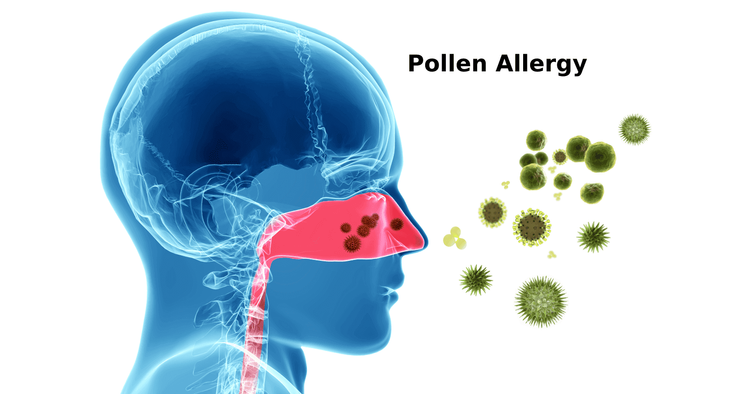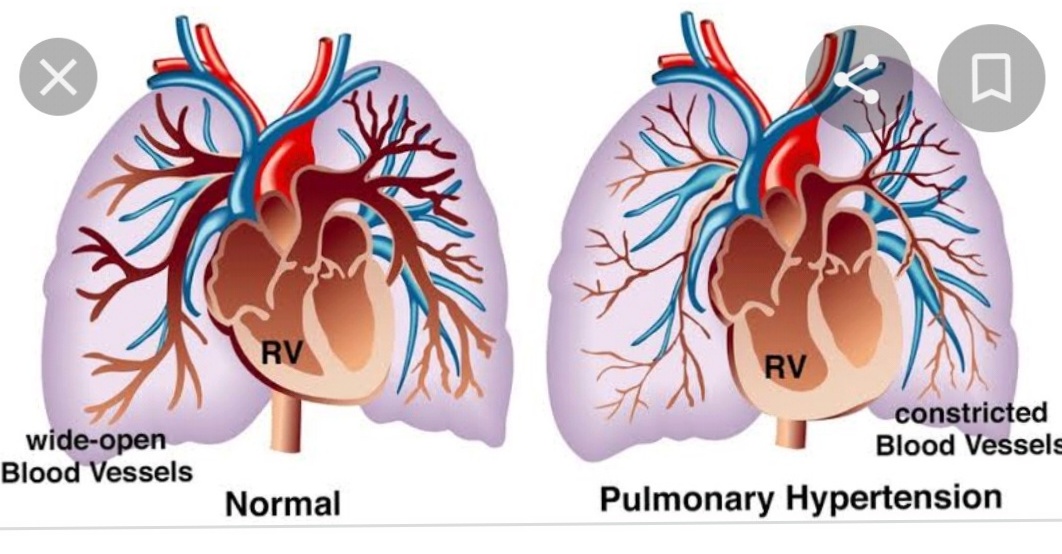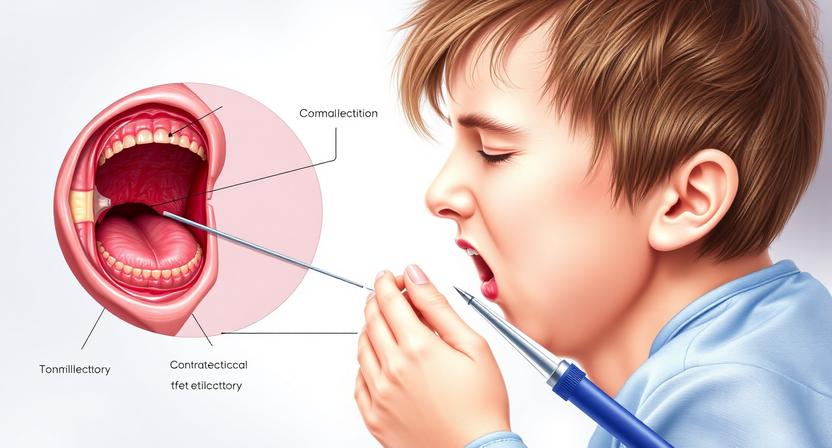Pollen Allergy Causes-various aspects-
When your immune system mistakenly identifies pollen as a dangerous material and overreacts to it, you get pollen allergies, also known as hay fever or allergic rhinitis. Histamine and other chemicals are released as a result, leading to allergy symptoms. The likelihood of developing pollen allergies might be impacted by things like age, family history, and pollen exposure.


The following is a more thorough explanation:
1. Mistaken Identification of the Immune System:
- The immune system of those who are allergic to pollen mistakenly identifies it as a threat.
- This causes an immune response, during which the body produces compounds such histamine to “fight off” the perceived danger.
- A major contributor to allergy symptoms such as a runny nose, itchy eyes, and sneezing is histamine.
2. Genetic Predisposition:
- The likelihood of having a pollen allergy is greatly increased by a family history of allergies.
- You are more prone to having allergies if your parents or close family members have them.
3. Environmental Considerations:
Exposure to Pollen:
The risk is increased by living in places with a high density of blooming trees and plants, which exposes one to more pollen.
Air Quality:
Weather factors affect the amount of pollen in the air. Higher pollen levels are common on hot, dry, and windy days.
Changes in the Climate:
The pollen seasons may be impacted by climate change, which might cause allergy seasons to be longer and more severe in some regions.
If Any Patient of ENT Requires Any Surgery, Opd Consultation Or Online Consultation In Clinic of ENT Specialist Doctor Dr. Sagar Rajkuwar ,He May Contact Him At The Following Address-
Prabha ENT Clinic, Plot no 345,Saigram Colony, Opposite Indoline Furniture Ambad Link Road ,Ambad ,1 km From Pathardi Phata Nashik ,422010 ,Maharashtra, India-Dr. Sagar Rajkuwar (MS-ENT), Cell No- 7387590194, 9892596635
4. Different Kinds of Plants:
Grasses: Common causes of hay fever include Timothy grass, Kentucky bluegrass, Bermuda grass, and a variety of other grass species.
Trees: Oak, birch, maple, alder, and ash are among the trees that are known to produce a lot of pollen.
Ragweed is a major cause of allergies in the fall.
5. Additional Considerations:
Age:
Although anyone can get pollen allergies at any age, they are more prevalent in youngsters and young adults.
Additional Allergies:
The risk of developing pollen allergies may be higher if you have additional allergies, such as pet allergies or food allergies.
Exposure to Pollution:
According to the CDC, air pollution may worsen allergy symptoms and may even play a role in the development of allergies.
For Update On Further Important Health Related Topics And Frequently Asked Questions On Health Topics By General Population Please Click On The Link Given Below To Join Our WhatsApp Group –
https://chat.whatsapp.com/Lv3NbcguOBS5ow6X9DpMMA
What are the several kinds of pollen allergies?
Trees, grass, and weeds are the three sources of pollen. Depending on where you live, each of these plants pollinates during a different time of the year.


Pollen from trees
Tree pollen, which is typically the first allergen to emerge, is most prevalent from March to May, although it can sometimes be found in warmer climates as early as January. Some of the tree species that cause the greatest allergic reactions include:
- Birch.
- Oak.
- Cedar.
Pollen from grass
Pollen allergies manifest as a result of grass throughout the late spring and summer. Sometimes it coincides with the seasons for weed pollen and tree pollen. Pollen from grass is light and easily carried by the wind. This suggests that your allergies may be brought about by the grass in your neighbor’s yard.
The following are a few of the most prevalent grasses that trigger allergy symptoms:
- Bahia.
- Bermuda.
- Fescue
- Johnson.
- Blue of Kentucky.
Pollen from weeds
The third cause of pollen allergies is weed pollen, particularly ragweed. The weed pollen season begins in the summer and lasts through the autumn. The most prevalent weed allergen, ragweed, may spread hundreds of miles through the air and thrives in 49 states. This makes it particularly challenging to prevent. About a billion pollen grains can be produced by a single plant.
DISCLAIMER-Some patients go to net and directly take treatment from there which can lead to catastrophic consequences-Then- Many people ask then why to read all this text -the reason is that it helps you to understand the pathology better ,you can cooperate with treatment better ,your treating physician is already busy with his patients and he does not have sufficient time to explain you all the things right from ABCD ,so it is always better to have some knowledge of the disease /disorder you are suffering from.
Other weeds that induce pollen allergies include:
- The burning bush.
- Cocklebur.
- Lamb’s quarters.
Is this ailment common?
About 20 million Americans experience seasonal allergies caused by pollen.
Reasons
How can you tell if you have a pollen allergy?
The following signs may indicate a pollen allergy:


- Nose that is dripping.
- A clogged or blocked nose.
- Sneezing.
- Around your eyes, there is puffiness or swelling.
- Eyes that are red or watery.
- Itching in your throat, eyes, or nose.
- Sore throat or cough.
- Asthma caused by allergies, in which pollen exacerbates your asthma.
- A loss of taste or sense of smell.
As pollen moves through the air, most people experience symptoms from inhaling it. However, some individuals experience a response when they touch it or when pollen gets into their eyes.
What causes pollen allergies?
Pollen allergies occur when your body misinterprets pollen as a hazardous substance. This threat causes your immune system to respond by releasing substances like histamine to combat the pollen. This is an allergic response.
How can I tell whether pollen levels are high?
Pollen concentrations are predicted by numerous weather reports and websites. A pollen count is only an approximation, similar to a weather forecast. It can inform you if the pollen level in your neighborhood is high, moderate, or low. Although it cannot identify the precise kind of pollen that is causing your symptoms, it can be a useful tool in determining whether a high pollen count is the cause of your symptoms. The precise pollen causing your illness may only be identified by a medical professional.
When should I go to the doctor?
If you think you have a pollen allergy, get in touch with a healthcare provider. They are the only ones who can identify the kind of pollen that is triggering your allergy. Particularly during seasonal changes, you may experience symptoms such as watery eyes, coughing, and congestion. Allergies are not something you need to live with. A variety of therapies can help you control your symptoms.
Be sure to inform your healthcare provider of any drugs you are taking or if you experience any negative side effects from allergy treatments.
If any patient has any ENT -Ear nose throat problems and requires any , consultation ,online consultation ,or surgery in clinic of ENT specialist Doctor Dr Sagar Rajkuwar ,he may TAKE APPOINTMENT BY CLICKING ON THE LINK GIVEN BELOW-
Clinic address of ENT SPECIALIST doctor Dr Sagar Rajkuwar-
Prabha ENT clinic, plot no 345,Saigram colony, opposite Indoline furniture Ambad link road ,Ambad ,1 km from Pathardi phata Nashik ,422010 ,Maharashtra, India-Dr Sagar Rajkuwar (MS-ENT), Cel no- 7387590194 , 9892596635





